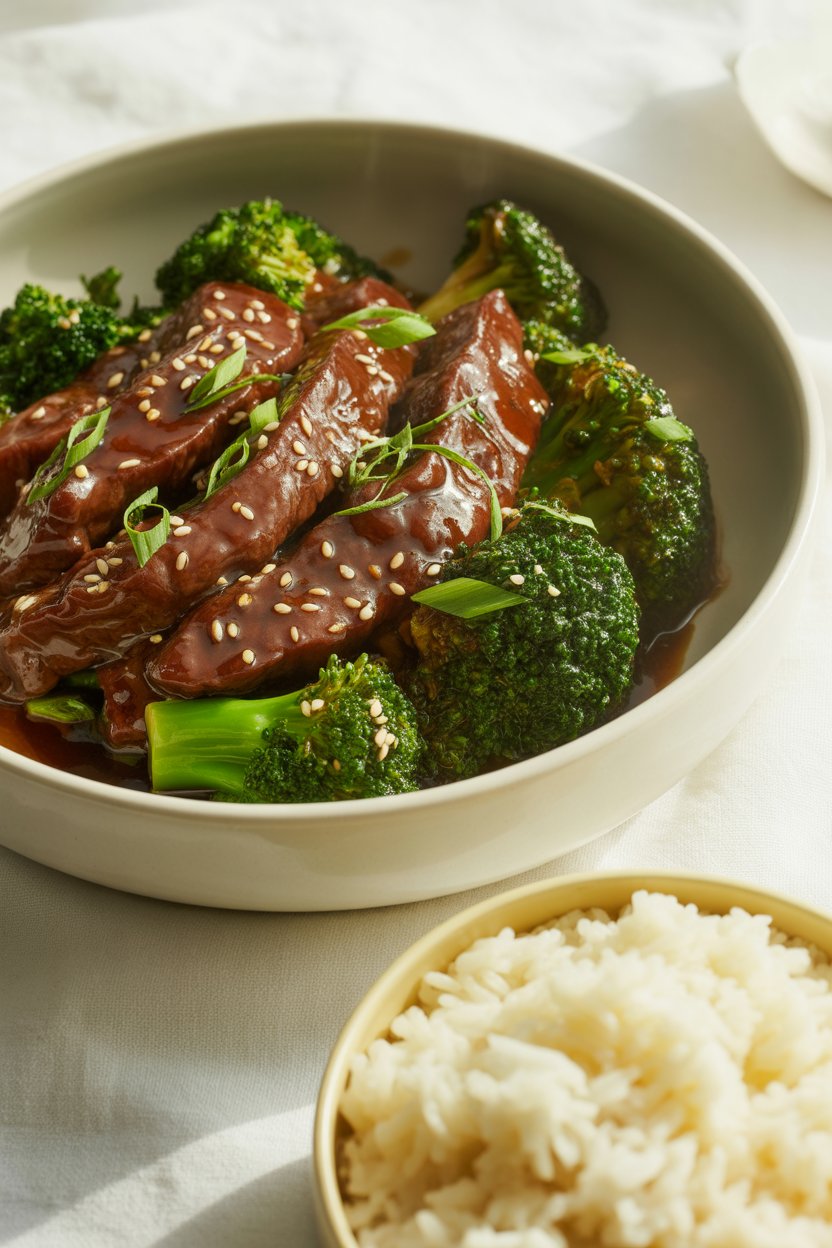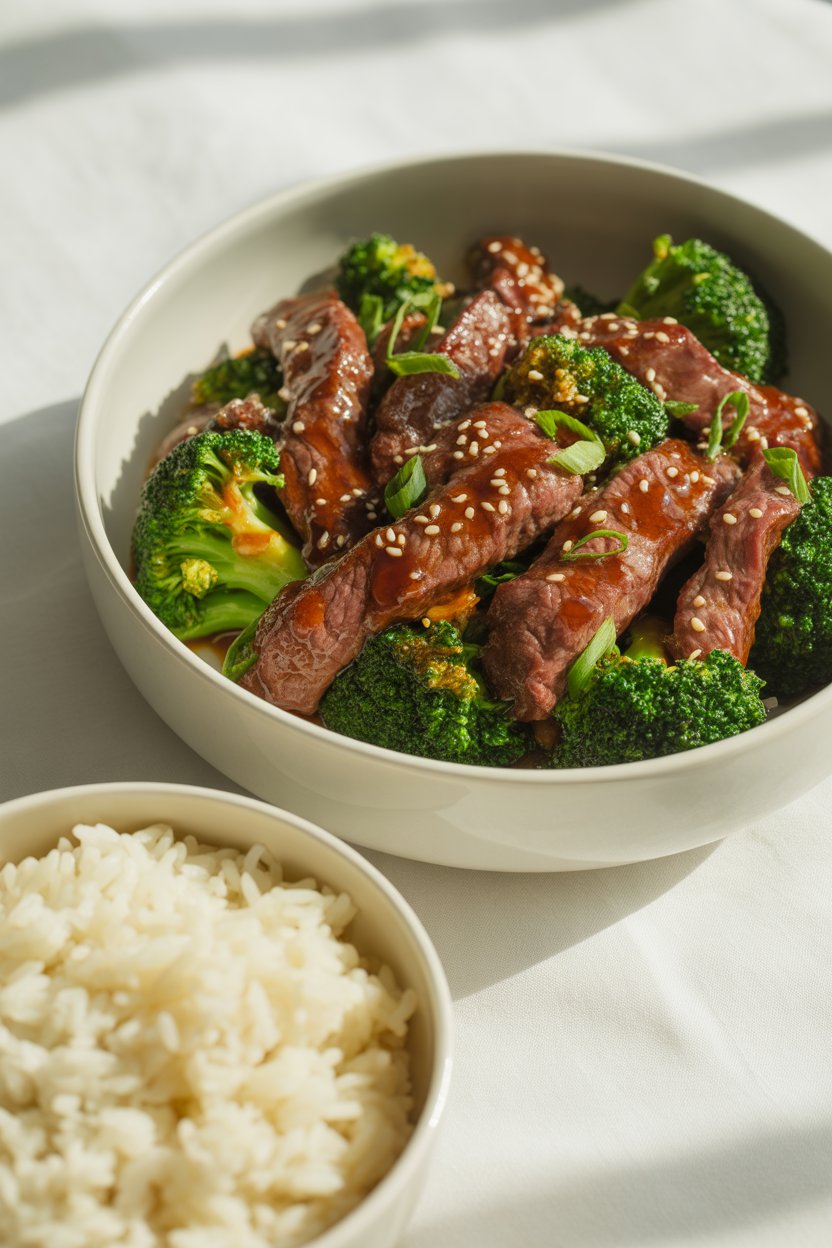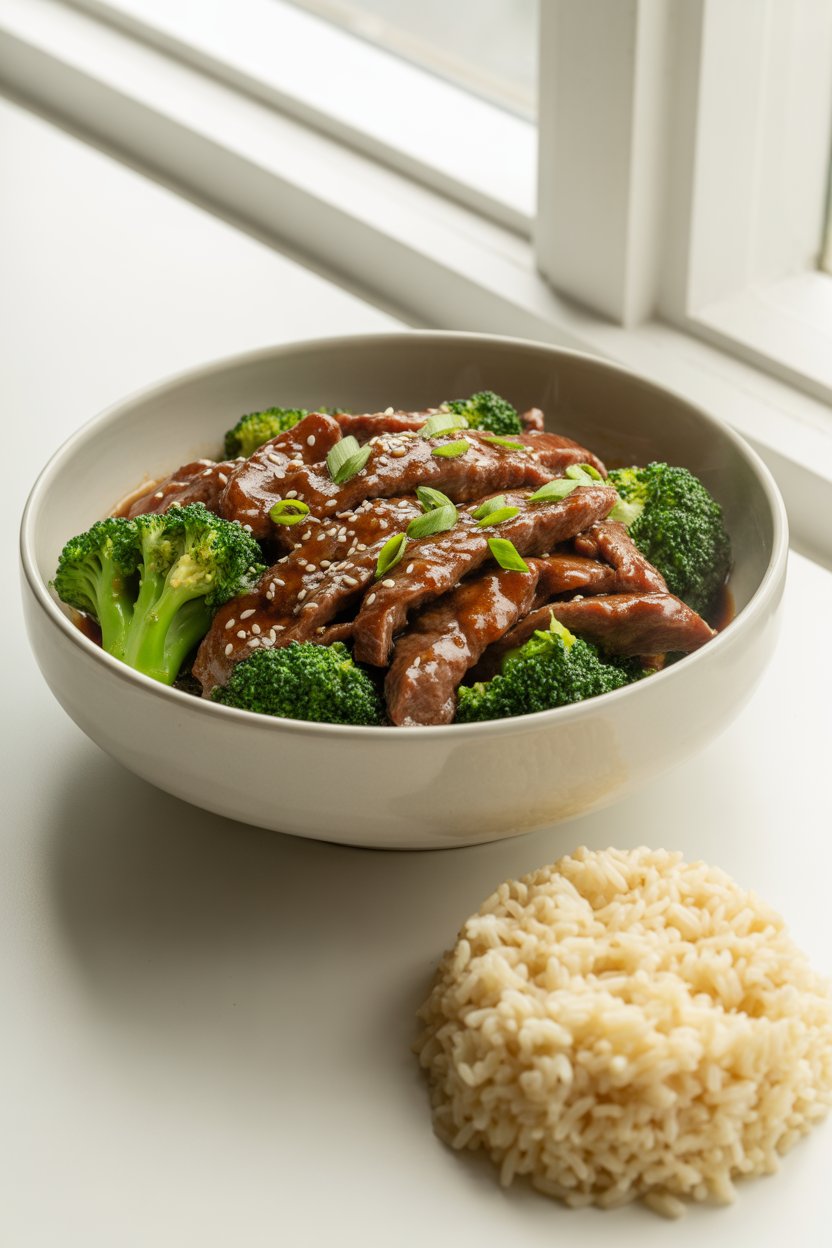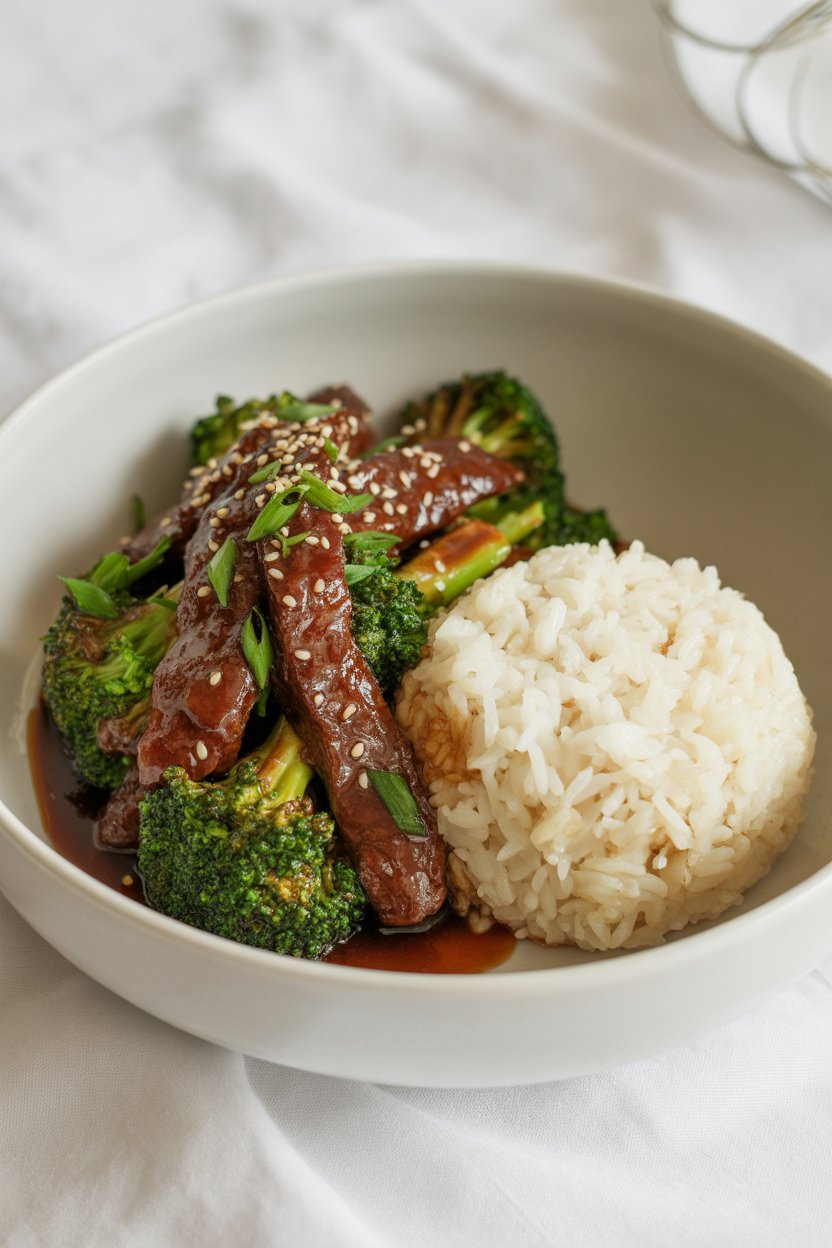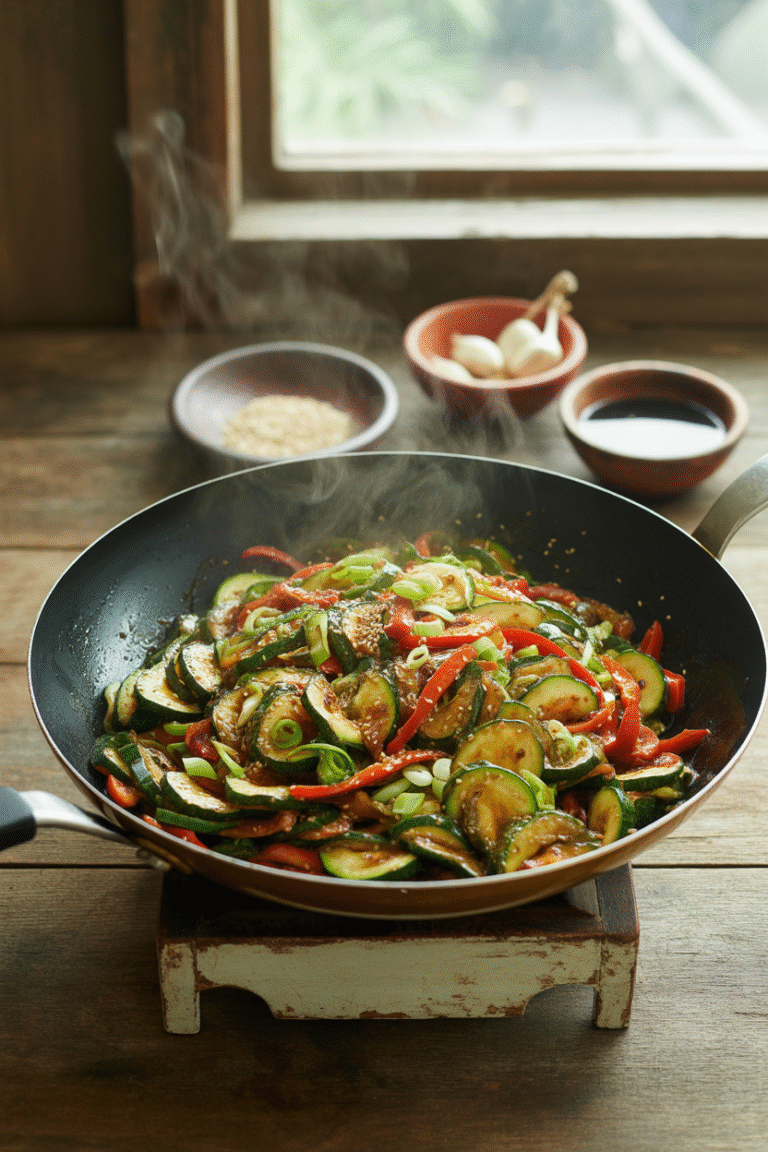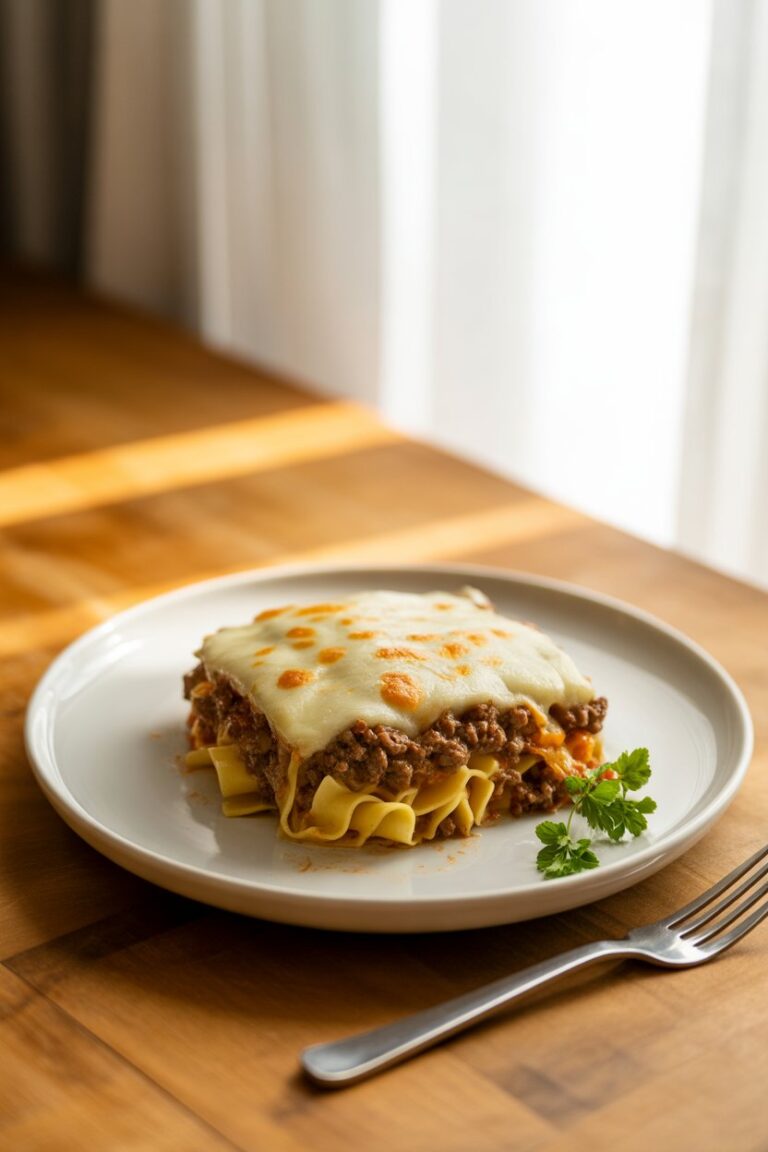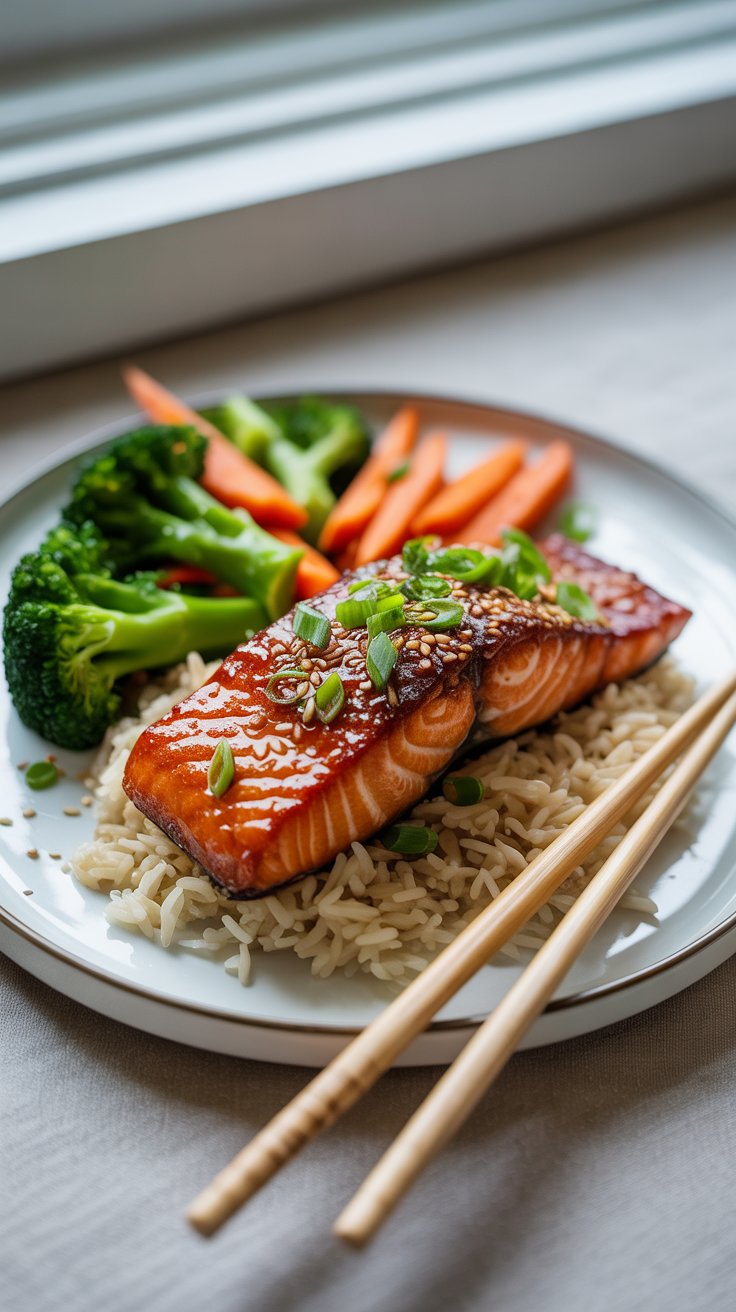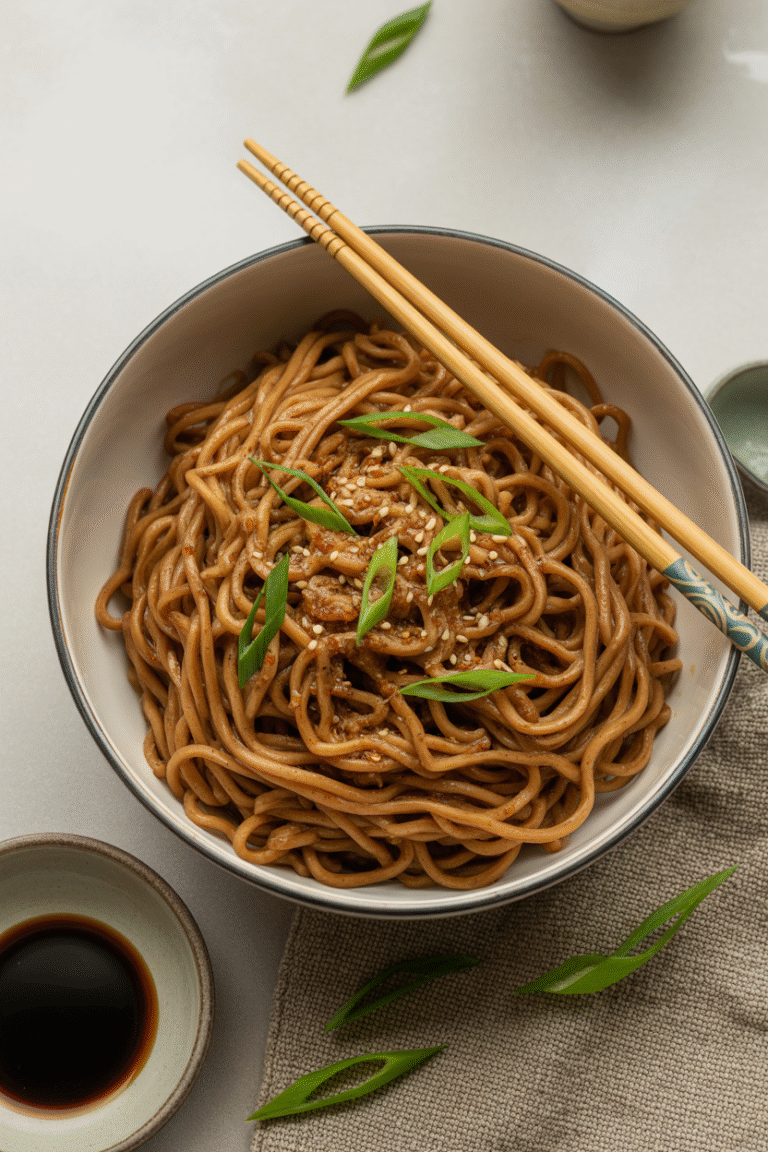Beef And Broccoli: The Ultimate Guide to This Classic Asian-American Favorite
When it comes to comfort food that bridges cultures, few dishes can compete with the beloved combination of tender beef and crisp broccoli in a savory sauce. This iconic dish has become a staple in American-Chinese cuisine, gracing dinner tables and takeout containers across the nation. Whether you’re a seasoned home cook or just beginning your culinary journey, mastering this classic recipe will elevate your weeknight dinner game and satisfy even the pickiest eaters.
The beauty of beef and broccoli lies in its simplicity and versatility. With just a handful of ingredients and the right technique, you can create a restaurant-quality meal that rivals your favorite Chinese restaurant. This dish perfectly balances protein, vegetables, and bold flavors while remaining surprisingly accessible to home cooks of all skill levels.
The History and Cultural Significance of Beef And Broccoli
While beef and broccoli has become synonymous with American-Chinese cuisine, its origins tell a fascinating story of culinary adaptation and innovation. Traditional Chinese cooking rarely featured broccoli as we know it today, instead favoring Chinese broccoli (gai lan) and other leafy greens. The dish we recognize today emerged from Chinese-American kitchens in the mid-20th century, where immigrant chefs adapted their traditional stir-frying techniques to incorporate ingredients readily available in American markets.
This culinary evolution represents the beautiful fusion that occurs when cultures meet and blend. Chinese immigrants brought their masterful stir-frying techniques, understanding of umami flavors, and expertise with soy-based sauces. These elements combined with American ingredients like common broccoli and readily available beef cuts to create something entirely new yet rooted in tradition.
The dish gained widespread popularity during the 1960s and 1970s as Chinese-American restaurants proliferated across suburban America. Its appeal lay in its familiar yet exotic nature – the beef provided comfort for American palates, while the savory sauce and cooking technique offered an exciting taste of Asian cuisine. Today, beef and broccoli remains one of the most ordered items at Chinese-American restaurants and has inspired countless home cooks to try their hand at Asian-inspired cooking.
Essential Ingredients for Perfect Beef And Broccoli
Creating exceptional beef and broccoli starts with selecting the right ingredients. The beauty of this dish lies in its simplicity, but each component plays a crucial role in achieving the perfect balance of flavors and textures.
For the beef, choose cuts that will remain tender when cooked quickly at high heat. Flank steak, sirloin, or ribeye work beautifully, but the key is slicing against the grain into thin strips. This technique breaks down the muscle fibers and ensures each bite is tender and easy to chew. Many home cooks make the mistake of cutting with the grain, resulting in chewy, tough meat that detracts from the overall dish.
Fresh broccoli crowns provide the best texture and flavor, though frozen broccoli can work in a pinch. Look for bright green florets with tight, compact heads and avoid any with yellowing or flowering. The stems are completely edible and delicious when peeled and sliced thinly, so don’t discard this nutritious part of the vegetable.
The sauce components typically include soy sauce, oyster sauce, garlic, ginger, and a touch of cornstarch for thickening. Dark soy sauce adds depth and color, while light soy sauce contributes saltiness. Oyster sauce brings a subtle sweetness and umami richness that ties everything together. Fresh garlic and ginger are non-negotiable – their aromatic compounds create the foundation of flavor that makes this dish so irresistible.
Mastering the Cooking Technique
The secret to restaurant-quality beef and broccoli lies in understanding the principles of stir-frying. This high-heat, quick-cooking method preserves the vegetables’ crisp texture while developing complex flavors through the Maillard reaction. Your wok or large skillet should be smoking hot before any ingredients hit the surface.
Start by blanching the broccoli in boiling salted water for just 60-90 seconds, then immediately transfer to an ice bath. This technique, called blanching and shocking, partially cooks the broccoli while maintaining its vibrant green color and crisp texture. Many restaurants use this method to ensure consistent results and reduce cooking time during the final stir-fry.
When cooking the beef, work in small batches to avoid overcrowding the pan. Overcrowding reduces the temperature and causes the meat to steam rather than sear, resulting in gray, tough beef instead of the beautifully caramelized pieces you want. Each piece should have space around it to develop that characteristic “wok hei” – the breath of the wok that adds smoky depth to stir-fried dishes.
The sauce should be added at the very end of cooking, just long enough to coat everything and thicken slightly. Have all your ingredients prepped and ready before you start cooking, as the actual stir-frying process happens incredibly quickly. This preparation method, known as “mise en place,” is essential for successful stir-frying and prevents overcooking any component.
Nutritional Benefits and Health Considerations
Beyond its delicious taste, beef and broccoli offers impressive nutritional benefits that make it an excellent choice for health-conscious diners. This dish provides a complete protein source from the beef, essential vitamins and minerals from the broccoli, and when served over brown rice, creates a well-balanced meal that satisfies both taste buds and nutritional needs.
Beef serves as an excellent source of high-quality protein, containing all essential amino acids your body needs for muscle maintenance and growth. It’s also rich in iron, zinc, and B-vitamins, particularly B12, which supports nerve function and red blood cell formation. Choose leaner cuts when possible to maximize protein while minimizing saturated fat content.
Broccoli stands out as a nutritional powerhouse, packed with vitamin C, vitamin K, folate, and fiber. This cruciferous vegetable contains powerful antioxidants like sulforaphane, which may help reduce inflammation and support cellular health. The fiber content aids digestion and helps maintain stable blood sugar levels, making this dish surprisingly satisfying and nutritious.
When prepared with minimal oil and served over steamed rice or garlic chicken fried rice, beef and broccoli can fit into various dietary approaches. The dish naturally provides a good balance of macronutrients while delivering essential micronutrients that support overall health and wellbeing.
Variations and Creative Adaptations
While the classic beef and broccoli recipe remains beloved for good reason, creative home cooks have developed numerous variations that put unique spins on this timeless dish. These adaptations allow you to customize the recipe based on dietary preferences, available ingredients, or simply to keep things interesting.
For those following lower-carb lifestyles, serve beef and broccoli over cauliflower rice or garlic chicken zucchini noodles stir fry style zucchini noodles instead of traditional rice. The sauce and cooking method remain the same, but this substitution significantly reduces the carbohydrate content while adding extra vegetables to your meal.
Spice enthusiasts can elevate the dish by incorporating elements inspired by spicy Korean ramen with grilled beef, adding gochujang or sriracha to the sauce for heat and complexity. Similarly, drawing inspiration from sticky beef noodles, you can create a sweeter, more caramelized version by increasing the brown sugar content and adding a touch of rice wine vinegar.
Vegetarian adaptations work beautifully by substituting the beef with firm tofu, tempeh, or mushrooms. Shiitake or portobello mushrooms provide an especially satisfying umami-rich alternative that absorbs the sauce wonderfully. The cooking technique remains largely the same, though plant-based proteins may require different timing to achieve optimal texture.
Serving Suggestions and Meal Planning
Beef and broccoli shines as both a standalone dish and as part of a larger Asian-inspired meal. When serving as the main course, plan for approximately 6 ounces of beef and 1-2 cups of broccoli per person, served over steamed jasmine or brown rice. The dish reheats well, making it an excellent choice for meal prep and busy weeknight dinners.
For a complete Asian feast, pair beef and broccoli with complementary dishes like asian glazed salmon dinner for variety, or create a build-your-own bowl station with multiple proteins and vegetables. The versatility of the sauce makes it an excellent base for other stir-fried vegetables, so consider preparing extra sauce to use with whatever vegetables you have on hand.
The dish also works beautifully in fusion applications. Try serving it over chicken rice bowls with garlic sauce style rice, or incorporate the flavors into a crispy beef rice bowl for a different texture experience. These creative presentations can transform a simple weeknight dinner into something special and memorable.
Storage and Reheating Tips
Proper storage and reheating techniques ensure your beef and broccoli maintains its quality and safety for future meals. Store leftovers in airtight containers in the refrigerator for up to three days, keeping the rice separate from the beef and broccoli mixture when possible to prevent the rice from becoming mushy.
When reheating, avoid the microwave if possible, as it tends to overcook the beef and make the broccoli soggy. Instead, reheat in a large skillet or wok over medium-high heat, adding a splash of water or broth to prevent sticking. This method helps restore some of the original texture and prevents the sauce from becoming gluey.
For longer storage, beef and broccoli freezes well for up to three months. Freeze in individual portions for convenient single-serving meals, and thaw overnight in the refrigerator before reheating. The texture may be slightly different after freezing, but the flavors remain delicious and satisfying.
Common Mistakes and How to Avoid Them
Even experienced cooks can stumble when making beef and broccoli, but understanding common pitfalls helps ensure consistent success. The most frequent mistake involves cooking at too low a temperature, which prevents proper searing and results in steamed rather than stir-fried ingredients. Your pan should be smoking hot before adding any ingredients.
Overcooking the broccoli ranks as another common error. Broccoli should retain a bright green color and slight crunch even after cooking. If it turns olive green or becomes mushy, it’s been cooked too long. Remember that the broccoli will continue cooking slightly from residual heat even after removing from the pan.
Many home cooks also struggle with sauce consistency. If your sauce seems too thin, mix a small amount of cornstarch with cold water to create a slurry, then stir it into the pan during the final moments of cooking. If the sauce becomes too thick, thin it with a splash of chicken broth or water. The goal is a glossy sauce that coats the ingredients without being gluey or watery.
Finally, proper timing and preparation make all the difference. Have every ingredient chopped, measured, and ready before you start cooking. Stir-frying happens quickly, and there’s no time to prep ingredients once the cooking begins. This preparation ensures even cooking and prevents any component from overcooking while you scramble to prepare others.
This timeless dish continues to win hearts and satisfy appetites because it delivers on every level – flavor, nutrition, convenience, and comfort. Whether you’re cooking for a busy family dinner or impressing guests with your culinary skills, beef and broccoli offers the perfect combination of simplicity and sophistication that makes home cooking truly rewarding.

